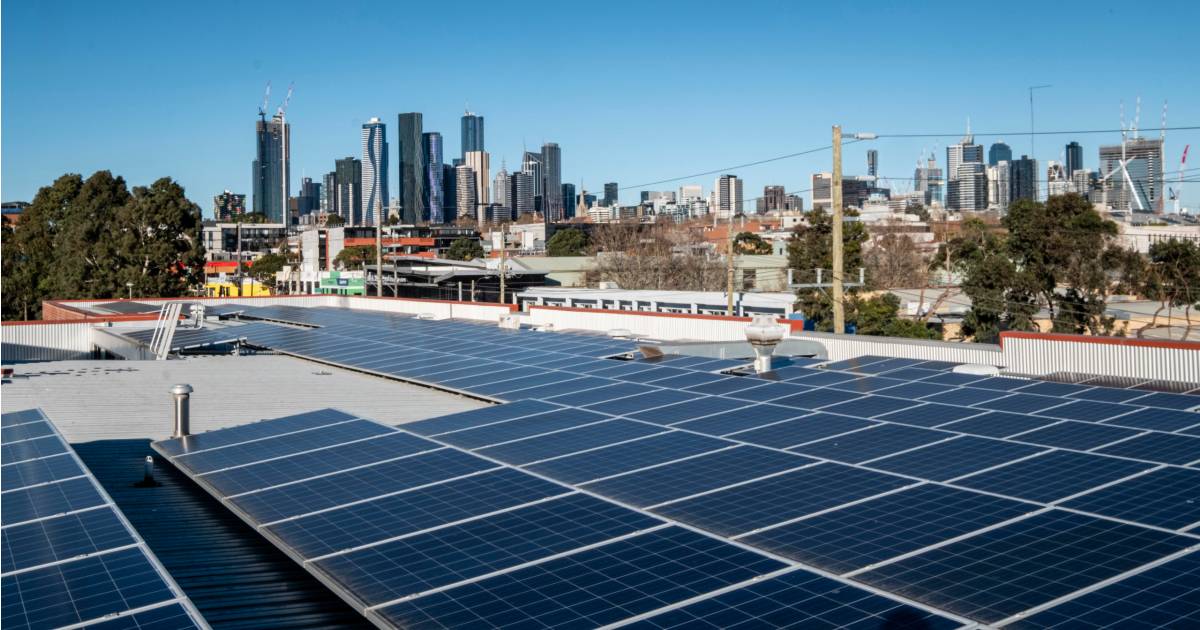
Between a promised state-wide energy storage target and “Power Melbourne”, there’s been a bit happening on the battery storage front in Victoria.
Just briefly as it’s been extensively covered elsewhere, yesterday Victoria’s Andrews Government announced it would pursue renewable energy storage targets of 2.6 gigawatts by 2030 and 6.3 gigawatts by 2035. The targets involve both short- and long-duration energy storage systems; including batteries, hydroelectricity and – wait for it – hydrogen technologies.
“Our new energy storage targets will deliver up to 12,700 jobs for Victorians – but most importantly, they’ll save Victorian families money on their energy bills, and slash our state’s emissions for generations to come,” said Victorian Minister for Energy Lily D’Ambrosio.
This proceeding hinges on the Andrews Government being re-elected in November; with the intention to introduce legislation to Parliament next year.
The announcement was met with positive reactions from various organisations including the Clean Energy Council, Smart Energy Council and Solar Citizens. Even opposition leader Matthew Guy reportedly said it was “not a bad suggestion”.
.. but ….
“… at the end of the day, Victorians need cost of living relief today. They can’t afford to wait until 2035,” he said.
You can read more about the Andrews Government’s energy storage target pledge here.
Power Melbourne Neighbourhood Battery Consultation
Also this week, community consultation on the “Power Melbourne” project commenced.
In the City of Melbourne local government area, many residents are locked out of solar energy savings. According to Census 2021 statistics, 85.8% of occupied private dwellings in the LGA are flats or apartments. Solar in Melbourne’s postcode (3000) isn’t very prevalent, with just 75 small-scale systems installed as at the end of August. However, there are more in some of the LGA’s other suburbs; such as Carlton.
In total, around 1,342 large- and small-scale PV systems had been installed to the end of June across the LGA, with a total capacity of around 15.6MW (source: APVI).
The Power Melbourne project involves the installation of neighbourhood batteries charged by local rooftop solar power systems1. The batteries will be linked to a retail electricity plan enabling local renters, apartment-dwellers and small business owners access to more affordable renewable electricity.
City Of Melbourne is proposing to install the first batteries at Council-owned or managed buildings – initially three to five batteries up to 1MW capacity each; but is now also consulting the local community on where to stick a bunch of others.
“We’re exploring locations around the city to house neighbourhood batteries and we want your feedback on where neighbourhood batteries could be installed,” says City of Melbourne. “We also want to understand how we can design retail plans with an energy retail partner, to make it easy to switch to a 100 per cent renewable energy product.”
Council, which has teamed up with the University of Melbourne and RMIT University on the Power Melbourne project, will undertake a competitive tender process to select the preferred electricity retail partner.
The Power Melbourne project is an important element in achieving Council’s 2030 goal of a community powered 100 per cent by renewable energy.
“Most of our residents are renters and apartment dwellers. People who rent or live in apartments are often unable to install solar panels, and it can be difficult to select a green power option,” states Council. “More storage is the missing piece of the puzzle.”
The first round of Power Melbourne consultation closes October 31 and involves a survey for residents that can be found towards the bottom of this page.
Footnotes
- Given Council’s ultimate goals, its going to need more local solar capacity or source it (or other renewables) from elsewhere. ↩

 RSS - Posts
RSS - Posts



Speak Your Mind